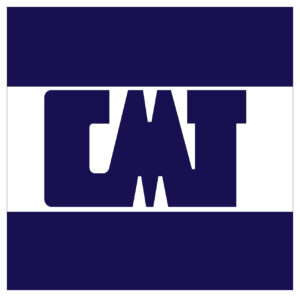Short Range Phased Array Ultrasonic Testing (SR-PAUT) is a specialised non-destructive testing method developed to assess the condition of buried lamp pole bases without the need for excavation. This method is particularly useful for identifying internal issues such as corrosion, cracking, or pitting that are not visible from the surface.
The testing process involves clamping a scanner onto the exposed base section of the pole. Once secured, the scanner is rotated one full round around the circumference of the pole. During this motion, phased array ultrasonic signals are transmitted into the material at multiple angles. The system collects and interprets the reflected signals in real time using a connected diagnostic interface.
When the scanner passes over an area with internal deterioration or rust, the ultrasonic signal behaves differently. These changes are captured as visible indications on the scope screen. By matching the defect position shown on the screen with a physical measurement on the pole, inspectors can verify the exact location of the problem without any need to remove or dig up the structure.
In the demonstration featured above, a sample lamp pole section was prepared with simulated defects. The scanner successfully detected each flaw, with results verified against a circumference tape for accuracy. These readings were supported by detailed inspection reports containing screenshots of the signal patterns and location data.
SR-PAUT allows authorities and infrastructure owners to carry out routine assessments efficiently and safely. The method helps reduce downtime, avoid unnecessary excavation works, and prioritise maintenance based on real defect data.
Key Advantages of SR-PAUT
- Non-invasive inspection that does not disturb the structure or surrounding ground
- Real-time results that allow immediate review and defect verification
- High accuracy in pinpointing the depth and position of internal anomalies
- Report-ready outputs with digital documentation and inspector validation
This technology provides a practical and effective solution for the long-term management of public lighting and other critical pole-mounted infrastructure.



